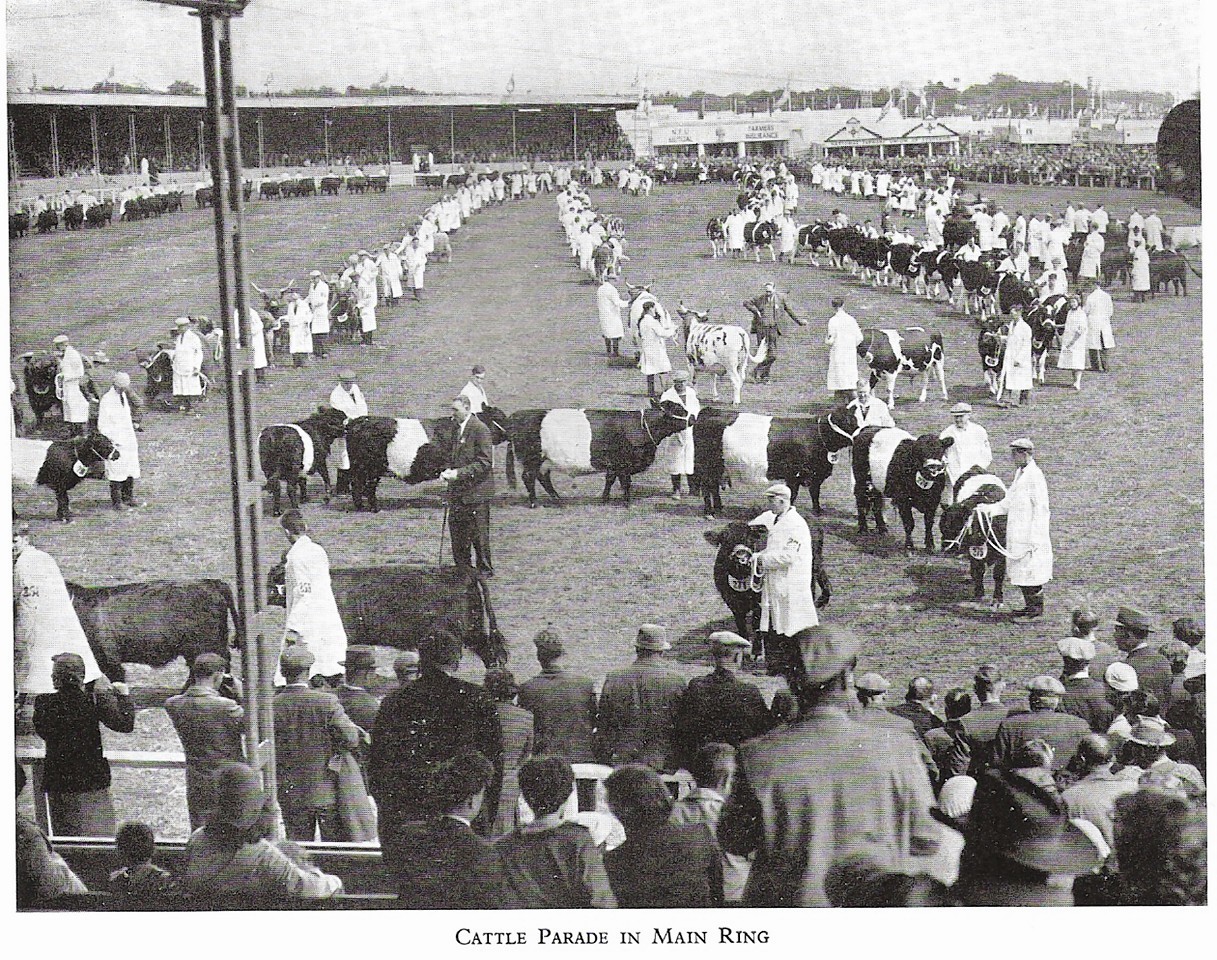Staging 175 events is no mean feat in anyone’s language but when it is an annual affair with interruptions caused by war and disease the figure becomes an even more special landmark.
That is the landmark for this year’s Royal Highland Show which begins its four-day run at the Royal Highland Showground at Ingliston, near Edinburgh, on Thursday.
Indeed Edinburgh is where it all started back in 1822 when the then organisers, the Highland and Agricultural Society of Scotland, held its first ever show.
It was a much more different affair to the event held today. Back then, just seven years after the Battle of Waterloo, the show was held on the one-acre site at the back of Queensberry House in the Canongate.
Surprisingly, it was held on Boxing Day and visitors were only allowed in for three hours, at an admission price of one shilling.
The society had provided 70 guineas in prize money and saw classes for the Shorthorn, the Aberdeenshire, West Highland, the Angus, the Galloway and the Fife breeds of cattle. Note how the Aberdeen and Angus breeds were separate entities back then. Twelve pairs of oxen were entered in the total cattle entry of between 60 and 75. Public were admitted the following day too to view the exhibits, bringing in a total of £52 in gate receipts deemed sufficient to cover expenditure.
Such was the success that arrangements were made for another show the following year.
The winter date may seem surprising today but at the time it suited as many cattle were driven to the capital for slaughter to satisfy the demand for more meat around Christmas time and many of the gentlemen farmers taking an interest in stock breeding were in town at that time too.
Further shows were held on the site in 1823, 1824 and 1825 with classes for Blackface, Southdown Leicester and Cheviot and fat sheep added. The 1824 show saw implements exhibited for the first time and in 1825 a sample of Georgian oats was exhibited by Mr Barclay, of Ury, Stonehaven, alongside a show of roots and seeds.
In 1826 the show was moved to Glasgow and saw the introduction of classes for Ayrshire cattle. For the next three years the show alternated between Glasgow and the capital before going on the road in 1829.
As the show became itinerant new venues were chosen to stage it with the first being Perth in 1829, followed by Dumfries in 1830, Inverness in 1831, Kelso in 1832 and Stirling in 1833.
In 1834 the show visited Aberdeen for the very first time and would visit a further 14 times before the last itinerant show in 1959 when Hazlehead Park was the venue.
At this time the creation of a circuit of shows venues was born and were adhered to in various orders until it settled permanently at Ingliston in 1960.
The dates of the shows started to change too with September and October being more popular during the 1840s before moving further forward in the calendar to August and then July earlier in the 20th century before the June date was settled on in the inter war years.
Aberdeen was always the venue for the shows staged in the north-east area with venues found within the city. Likewise in the Highlands Inverness was always the venue.
Edinburgh staged all the Lothian area shows, including the 100th show in 1931 at Saughton Park and Dumfries staged all the shows in the south-west.
However some of the other areas have used several locations. Perth area saw shows in the Fair City and Dundee but surprisingly it was once held at Cupar in 1912.
Stirling held eight of that area’s shows until Alloa popped up as the venue for the 1929, 1937 and 1953 events.
In the west it was Glasgow for many years but both Paisley and Ayr pitched in with a couple each.
The Borders, without a real major town, struggled to settle on a suitable site for years with Peebles, Hawick and Melrose all tried once and even Berwick was the venue on two occasions but Kelso was latterly the venue for seven of the shows in that region.
It has to be said that it was only the coming of the railways in the 1830s and 40s that made travelling round provincial areas viable for the show for the movement of both exhibits and spectators.
One hundred years ago the effects of World War I put the show into abeyance until 1919 and likewise WWII saw a cessation of the show from Edinburgh in 1939 until Inverness staged it again in 1948 when a visit from King George VI and Queen Elizabeth bestowed the Royal title on it.
These heady post war travelling shows are now beginning to fade from the memory but speak to any of the rural community old enough to have experienced them and you will see their eyes light up with the memories.
The heatwave of Dundee in 1949, the quagmire of Aberdeen in 1951, the foot- and-mouth outbreak which robbed Kelso of cloven-hooved livestock in 1952, the big show at Dumfries in 1954, the cramped show at Ayr in 1958 and the sad farewell to the travelling “Highland” at Aberdeen in 1959.
From then on the show has settled and grown out of all recognition at Ingliston when in 1984 the bi-centenary of the society was celebrated.
After the uncertainty of the airport expansion plans the society has now stepped up its development of the showground into a world-class venue. This is only fitting for what is a world-class event that looks forward to celebrating the bi-centenary of its first staging in 2022.
